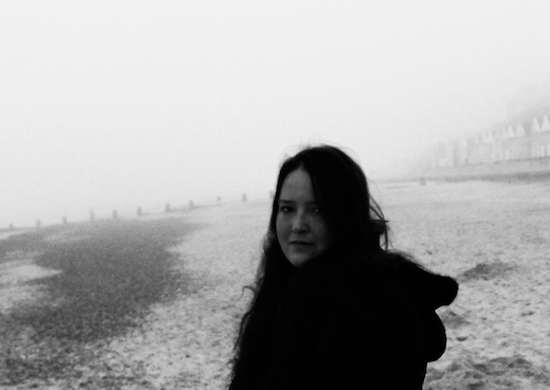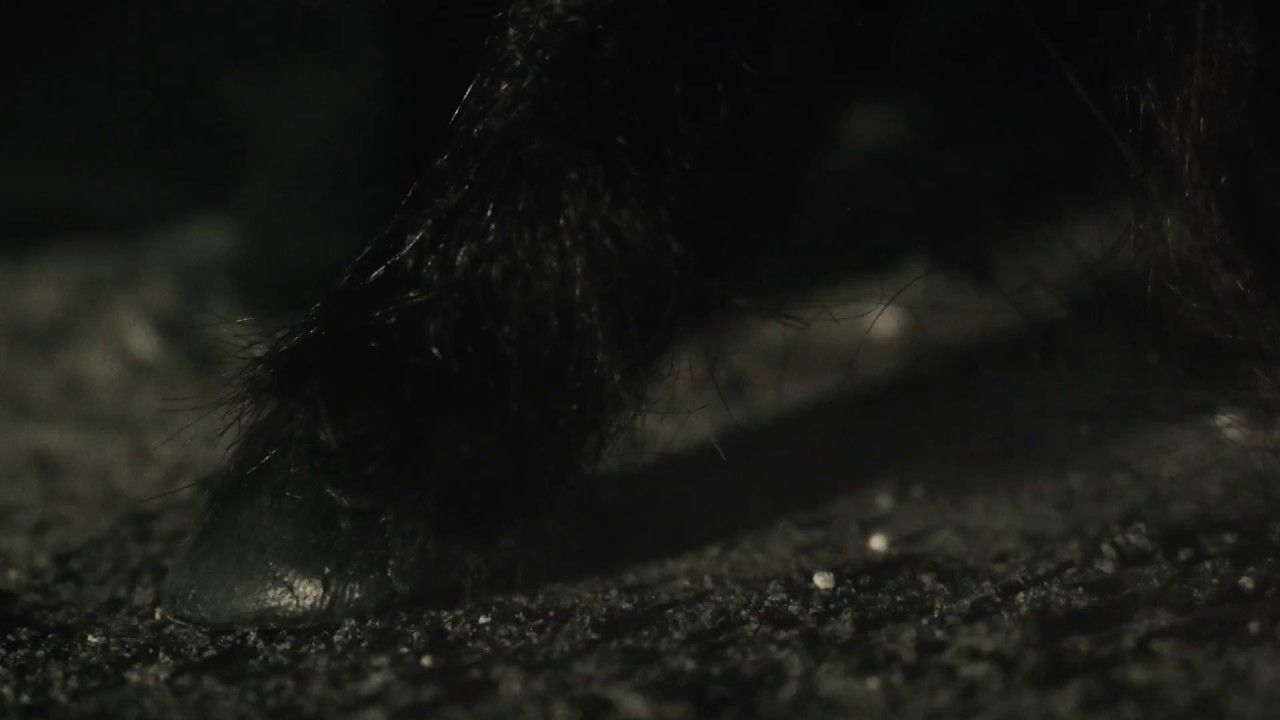From its brass-jangling, hoof-clattering opening seconds, Laura Cannell’s new album is dominated by the sweaty presence of a horse. There is snorting and huffing, flaring nostrils and metal striking stone, all in the space of the first minute and a half and conjured up with nothing but a violin. For most musicians, writing an album from a horse’s point of view would definitely count as a surprise move, but for Cannell it seems a fairly logical progression.
A connection with birds is at the centre of all her previous albums, as Feathered Swing Of The Raven, Quick Sparrows Over The Black Earth, Beneath Swooping Talons and Simultaneous Flight Movement make clear in their titles. Hunter Huntress Hawker also includes a bird, but it takes a different approach. A cycle of pieces soundtracks a hunt, first from the perspective of the horse before switching to that of the hunter. It was also, apparently, inspired by an installation involving a live horse in “a secret London location” and, for good measure, is recorded in a ruined church. While the backstory seems confusing, the music is anything but: it is simple, direct and unmistakable. Previous work has included other instruments, this time Cannell plays nothing but violin, and improvises all the tracks.
On all her previous albums Cannell has used her highly distinctive violin technique to tap into the East Anglian fen landscape, drawing out sounds that seemed to be hidden in the dark, damp earth. Hunter Huntress Hawker continues a series of astonishing recordings that only she could make. Playing her instrument with an overbow – that is, a bow restrung around the body of a violin – she can sound several notes at once, making her own harmonies like a one-woman band. The sound is rich and expressive but also strange, like the music of an older, half-forgotten culture. This is why she is usually described as a folk musician, although as an improviser she does not fit the standard folk template. Her sound jumps out of the present to inhabit a unstable time zone that is both present and past.
The resonance of the spaces around her music is also important to Cannell. Simultaneous Flight Movement was recorded in Southwold Lighthouse, a hollow building with powerful auditory and symbolic properties. She improvised Hunter Huntress Hawker in the ruined church of St Andrew at Covehithe in Suffolk, which stands perilously close to the fastest eroding coastline in Britain. Covehithe has been systematically abandoned as the North Sea advances, leaving a flint tower and roofless nave with empty, gaping windows. The atmosphere of this melancholy place, inhabited by voices of the past, infuses the music. The wailing melody of ‘Blackwater’ seems dragged from the land, a hard-breathing canter over soil soaked in resonance, calming gradually over the course of ‘Persuasion’.
The narrative moves through different moods, from the high, liquid notes of ‘Wake Awaken’ to the long, low inhale-exhale of ‘Breathe Now’. ‘Blacksmith’ introduces the squeaky sounds of bellows pumping faster and faster as the horse is shod for the chase. Cannell’s playing mimics the forge with uncanny accuracy, from the drawing of the fire to the hammering of red hot metal and the nailing of horseshoes. Then the hunt begins: ‘Air Splinters Through’ and ‘Under Deep Leaves’ give us sunlight and trees, and ‘Nordhalla’ (the old name for Covehithe) leads us out into the open, violin quivering with anticipation then dashing forward and easing up in pursuit of an unknown quarry. Finally, ‘Lines of Copper Gold’ sounds like pure landscape, Cannell drawing out deep, satisfying harmonies.
Hunter Huntress Hawker is a short album, just under 30 minutes, but it is performed with absolute commitment and packs intense atmosphere into each of its tracks. Cannell’s violin is alive and has strange powers. She uses it to conjure ghostly entities from the ruined church, using it like a stone tape to replay the people and animals of the long lost past. She rides horses through woods and across fields, she leads them to be shod and out to gallop, she channels their energy, panic and relief, and she turns the spirit of the place into sound. Cannell casts a spell through her music that makes us feel we have spent half an hour in the East Anglian fields, among the relics and ruins of lost places and their vanished people.



